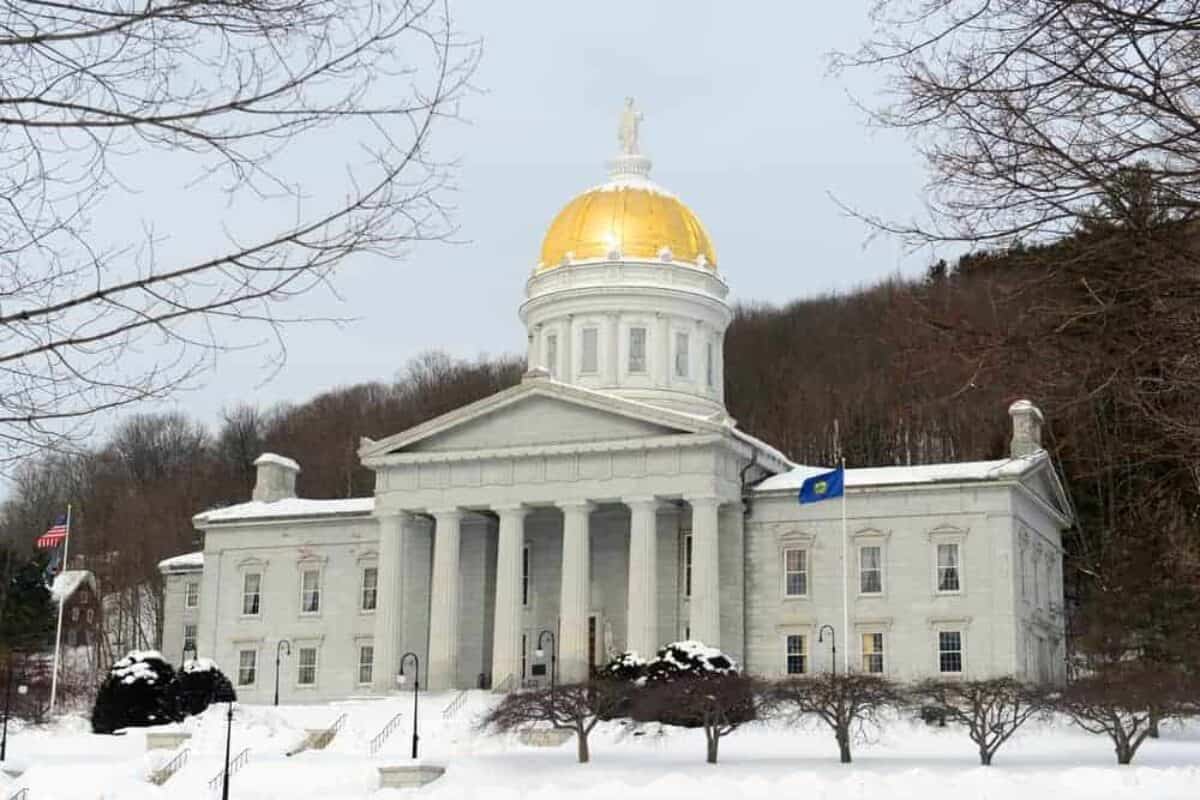To the victor go the spoils. This phrase comes to mind when thinking about what the November election results might mean for Vermont.
On the federal level come January, with a Republican President and Republican-controlled Congress, they will be able to get whatever “spoils” they can agree on. Given the lack of specificity about his policies, there is uncertainty about how Vermont will fare under a Trump Administration. Vermont relies more heavily on federal funding than most other states. According to the Vermont Joint Fiscal Office, Vermont is 5th in terms of states receiving the most federal grants per capita with only the District of Columbia, Alaska, Wyoming and New Mexico getting more on a per capita basis. Out of a total $5.76 billion dollar state budget, Vermont gets $2 billion in federal funding, mainly for health care, human services and transportation.
With respect to health care alone, the plan by Republicans in Washington to “repeal and delay” the Affordable Care Act and impose financial caps on federal Medicaid funding to states would have big implications for Vermont. Vermont has generous Medicaid eligibility requirements and large expanded Medicaid populations that could be at risk or cost the state a lot more if these policies go through.
Vermont has also just entered into an “all-payer” waiver agreement for health care with the federal government to allows Vermont to pay providers differently for services covered by Medicaid, private insurance and most significantly Medicare. The agreement contains a 180-day exit clause for the state to terminate the agreement for any reason and various ways for the federal government to terminate it as well. Will Governor-Elect Scott or President-Elect Trump choose to pull the plug?
Turning to Vermont’s political landscape, it will be interesting to see the dynamic that emerges between Republican Governor-Elect Phil Scott and the overwhelmingly Democratic controlled House and Senate. When the Vermont General Assembly convenes in January, the Senate will have 21 Democrats, 7 Republicans and 2 Progressives. This puts Senate Democrats in a position to override a veto. Subject to one outstanding recount challenge, the House makeup will be 83 Democrats, 53 Republicans, 7 Progressives and 7 Independents. With 53 out of the 150 seats, House Republicans will be able to thwart any attempt to override a veto by Governor Scott if they stick together.
Governor-Elect Phil Scott and Rep. Mitzi Johnson, D-South Hero, who won her party’s nomination for Speaker, are both consensus builders. The Senate will be under new leadership with Senator Tim Ashe, D/P-Chittenden, poised to become the next Senate President Pro Tem, and Lt. Governor-Elect David Zuckerman, a Progressive Democrat, being sworn in. It remains to be seen whether the Governor and this new legislative leadership will be able to reach agreement on thorny topics such as the budget and taxes.
Looking back to the last time Vermont had split government in 2009-2010 biennium, then Governor Douglas clashed over the budget with the new legislative leadership team of first term Speaker Shap Smith and Sen. Peter Shumlin (who returned for a second stint as President Pro Tem). The make up of the House was 95 Democrats, 48 Republicans, 5 Progressives and 2 Independents – clearly the House Democrats had a wider margin in 2009 than they will in 2017. The Senate had 23 Democrats and 7 Republicans in 2009 (which is virtually the same as it will be in 2017). In 2009, the House and Senate voted to override Governor Douglas’s vetoes on marriage equality and the budget bill. This is astounding because according to the Vermont Secretary of State, up until that point there had only been six successful veto overrides in the history of the state. Governor Douglas was the only Governor to have two of his vetoes overridden so the number of veto overrides now stands at eight.
It is likely that initially lawmakers will give Governor-elect Scott some leeway. Being a first term governor he has a lot of support and goodwill from the election. However, as the session goes on we might see Democrats flex their muscles to the point that the Governor will get out his veto pen and the loyalties of House Republicans to the Governor will be tested. The victors in Vermont are split so it is unclear who will get the spoils but it will sure provide some good political theatre watching them fight for them.
Legislative Leaders
In the 2017-18 biennium, legislative leaders are expected to be:
House Democrats:
- Mitzi Johnson, South Hero, Speaker (subject to January vote by full House)
- Jill Krowinski, Burlington, Majority Leader
- Tristan Toleno, Brattleboro, Assistant Majority Leader (Whip)
- Emily Long, Newfane, Deputy Assistant Majority Leader
- Tommy Walz, Barre, Caucus Clerk
- David Deen, Westminster, at large member of the Rules Committee
House Republicans:
- Don Turner, Milton, Minority Leader
- Brian Savage, Swanton, Assistant Minority Leader
- Patricia McCoy, Poultney, Assistant Minority Leader
- Corey Parent, St. Albans
- Patty Lewis, Berlin
House Progressives:
- Robin Chesnut-Tangerman
Senate Democrats:
- Tim Ashe, Chittenden, Senate President Pro Tem (subject to January vote by full Senate)
- Becca Balint, Windham, Majority Leader
Senate Republicans:
- Joe Benning, Caledonia, Minority Leader


